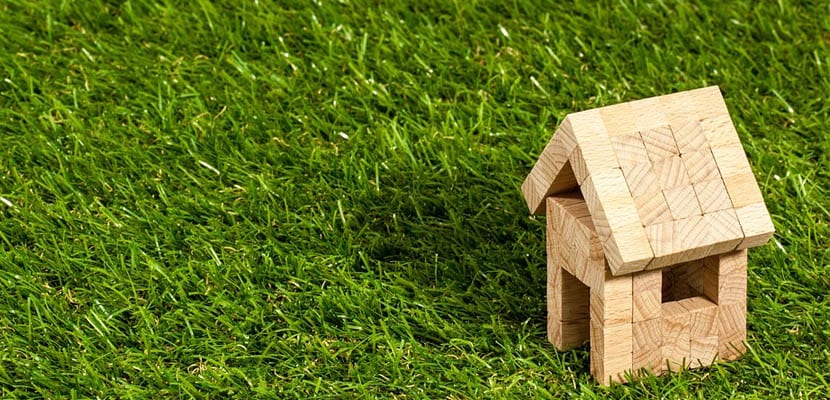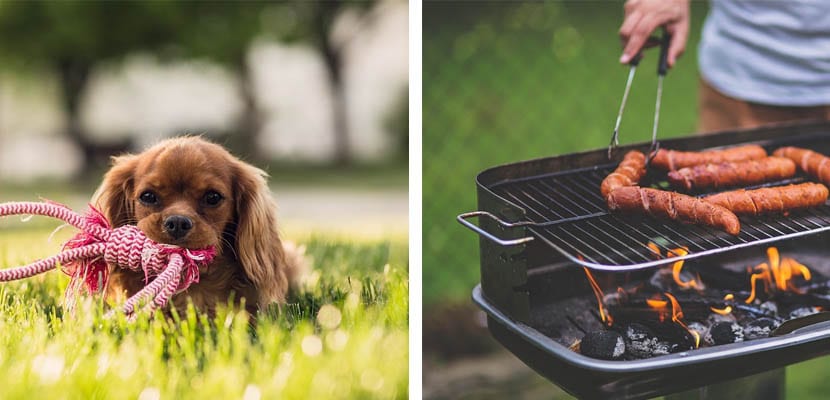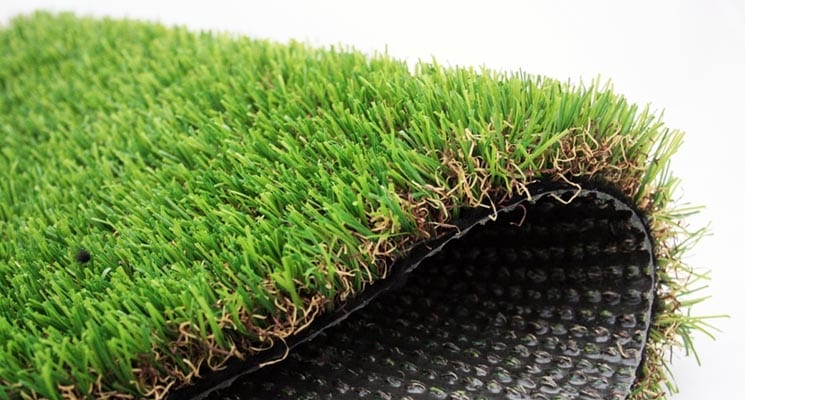
In the gardens the grass is a fundamental part, both at a functional and decorative level. However, the choice between natural or artificial grass can be difficult. The correct choice of the type of lawn will depend on a series of factors, among which time and financial cost are of great importance.
Natural or artificial? Each of them presents elements for and against. And that is our goal today; show you the pros and cons of each of them so that you can make a responsible decision depending on your way of life. Join us!
Initial considerations
Before choosing one or the other option for functional and / or aesthetic reasons, it is necessary to know and weigh the pros and cons of each of them. It is also important to make an initial assessment of some important aspects through the following questions:
- Where are we going to install it? Is it a regular or uneven surface? Is the weather cold or hot? ...
- Who make up the family? Are there children at home? Do we have any pets?..
- What other elements do we have in the garden? Do we have a swimming pool? Do we want to install a barbecue? ...
- What is our budget?How much can we spend annually on its maintenance?
Natural grass: advantages and disadvantages
Natural grass is the most traditional option and also the most demanding when it comes to maintenance work. It is expensive to maintain, requires time, effort and money, but in return it offers us a soft, comfortable and refreshing surface.
Advantages of natural grass
- Natural grass is pleasant to the touch and provides us with a soft and comfortable surface.
- Is versatile and it adapts easily to different spaces, regardless of its size and / or its regular or irregular shape.
- Dissipates heat, refreshing the environment.
- It presents good levels of absorption of pollution and noise.
- Being natural, the bacterial activity it is self-regulating. The relationships that are created between organic beings and the environment are natural.
- Its installation is simple, both through sod, portions of land with grass that are arranged on the ground, or sowing.
Disadvantages of natural grass
- It requires a series of maintenance tasks to have it in optimal condition. You must mow the lawn, fertilize the land, remove weeds regularly, as well as control the existence of pests, fungi or insects. In addition, it is necessary to water it frequently, which increases water consumption.
- These maintenance tasks are associated with a Economic cost. The need to buy a mower, invest in compost and fertilizers and water frequently make the costs of gardens with natural grass rise.
Artificial grass: advantages and disadvantages
The use of artificial grass is a good option for all those who They do not have time to take care of the garden, but they like to see it green. There is no need to water it, cut it, replant it, fertilize it ... however it does have some cons that we must consider.
Advantages of artificial turf
- Does not require maintenance Frequent such as mowing, watering or fertilizing to look optimal, thus saving time and effort.
- Can be installed in any type of terrain, either a soft or hard surface.
- Represents an important saving water; it needs water to stay clean and settled, but in much smaller amounts compared to natural grass.
Disadvantages of artificial grass
- Stepping on artificial grass in full sun in summer can cause plant burns of the foot. Natural grass perspires, but this is not the case with the synthetic fibers with which artificial grass is made. These can have a high degree of abrasion.
- Artificial grass needs minimal maintenance to avoid some problems. In addition to regular washing and brushing, requires to be disinfected, especially if we share our home with pets. In the natural, the residues are incorporated into the substrate thanks to the action of the organisms that live in it and of the grass itself. The same is not the case with artificial grass.
- Requires a professional installation. The same companies that manufacture or market the product offer this service. The first thing they do is remove the weeds and roots from the ground, and then fill it with a mixture of gravel and sand that will facilitate the filtration of water. The process concludes with the laying of the grass on the level ground and abundant watering to make it settle. The final brushing lifts the strands of artificial grass and gives a cushioning effect to the surface.
Nowadays many people use artificial grass on terraces, balconies, attics and even indoors as decorative element. It is also common to find it in busy areas and installed in the same garden next to flowers and trees. The latest generation products are 100% recyclable, although their manufacture is not always sustainable.
Natural or artificial? Are you more clear about the best proposal for your garden after knowing the pros and cons of one and the other?


